The sayings “Actions speak louder than words” and “It’s not what you say, but how you say it” are popular adages for good reason. Our silent body language speaks volumes, but we may not always be aware of what we’re saying with it, how we hold ourselves, our gestures, and even how we make eye contact, which can make a huge difference in how people perceive us.
And that perception makes a difference. People form a first impression within seconds, and some research shows that traits like trustworthiness are judged within a tenth of a second of meeting someone.
If you want to be perceived as charming and likable, here are some body‑language habits to adopt.
1. The art of eye contact
Making eye contact can feel awkward for some, but looking someone in the eye shows confidence and engagement. One study shows that people with higher self‑esteem tend to break eye contact less frequently than those with lower self‑esteem.
@doacpod Body Language Expert - Vanessa Van Edwards Mastering Eye Contact: The Secret to Powerful Communication Discover the transformative impact of effective eye contact in conversations. We reveal why ending sentences with direct eye contact enhances connection and influence, along with expert tips on utilizing body language cues like the lower lid flex for deeper engagement. #EyeContact #BodyLanguage #EffectiveCommunication #PowerfulPresence #SocialSkills #NonverbalCues #EngagementTips #CommunicationStrategies #LowerLidFlex #Influence ♬ original sound - Diary of a CEO Podcast
looking someone in the eye shows confidence and engagement.
It’s possible to overdo it, though. Staring intensely at someone without looking away can come off as creepy. One suggestion, known as the 50/70 rule, is to keep eye contact 50 % of the time while speaking and 70 % of the time while listening. It’s all about finding the sweet spot between actively engaged and overly intense.
2. The open body posture

Keeping your arms and legs crossed can make you seem defensive or closed off. Try an open posture: keep your arms relaxed at your sides and angle your body to face the person you’re talking to.
making you more approachable.
Think of your physical openness as reflecting an inner attitude of openness that invites conversation and connection.
3. The Duchenne smile
Smiling makes someone instantly more likable and approachable, but there’s a difference between a put‑on smile and a genuine one. A real smile, also known as a Duchenne smile, engages not just your mouth but your eyes.
A real smile engages not just your mouth but your eyes.
One way to evoke a genuine smile—especially if you’re nervous—is to think of something joyful or funny. Research shows that even just going through the physical motion of smiling can make people feel happier, so don’t worry if you have to fake it at first.
4. Becoming a mirror (or a chameleon)
Most of us naturally mimic—or mirror—the facial expressions and non‑verbal behaviors of people we interact with to some extent. Mirroring has a positive influence on relationships and makes people feel more connected.
Mirroring makes people feel a sense of trust.
That’s why salespeople are often trained to mirror body language subtly. There’s a difference between mirroring and mimicry, though, so be careful not to take it too far.
5. Leaning in (literally)

When someone is talking to you, lean your body slightly toward them. It’s a simple trick, but it signals that you’re interested in what they say and fully engaged in the conversation.
Leaning forward also conveys that you’re a good listener.
It also brings you physically closer, creating a sense of intimacy—but again, don’t overdo it. Leaning in should be a subtle cue that you’re listening, not a crossing over into someone’s personal space.
Body language is just one piece of the likability puzzle, but it’s a big one for making a good first impression. Add authenticity, kindness, and authentic listening, and you’ll be ready to charm the pants off anyone you meet.
This article originally appeared last year.







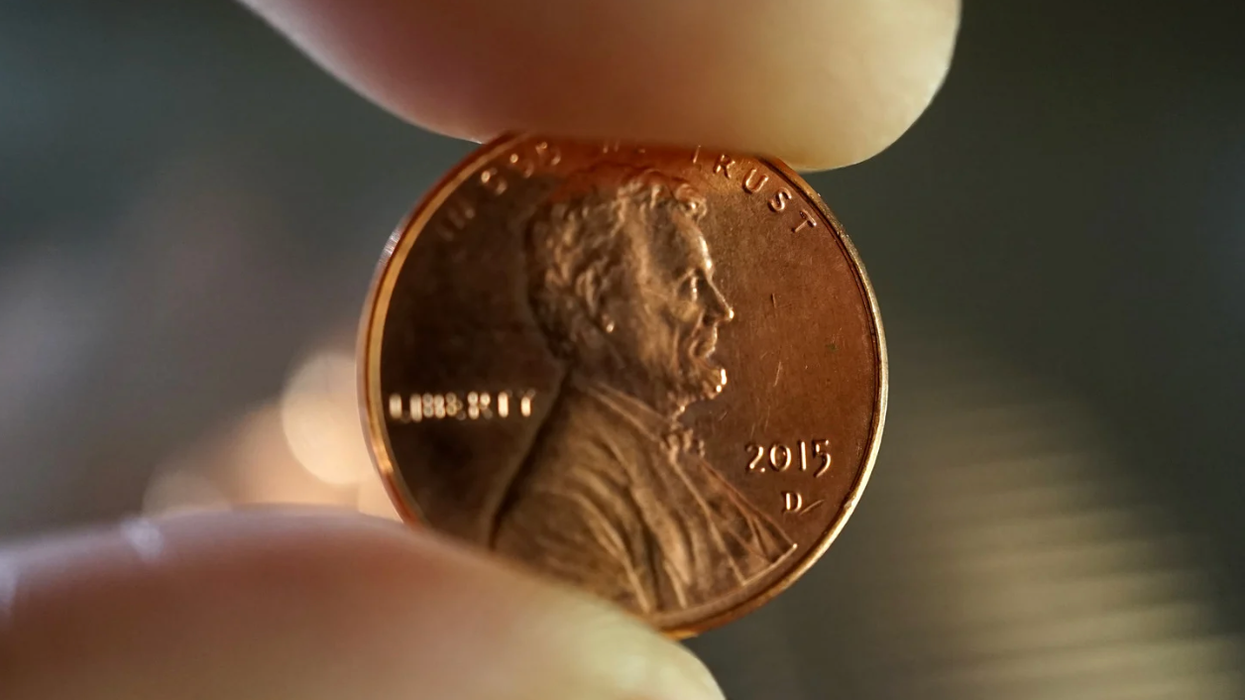
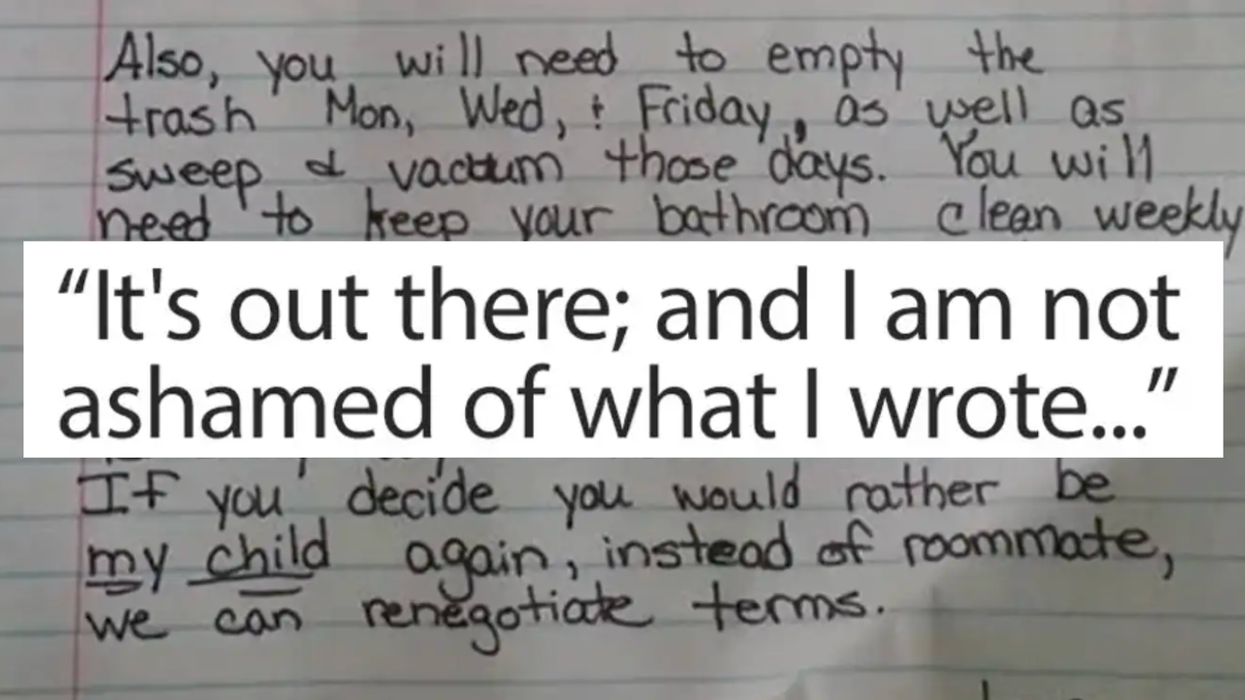







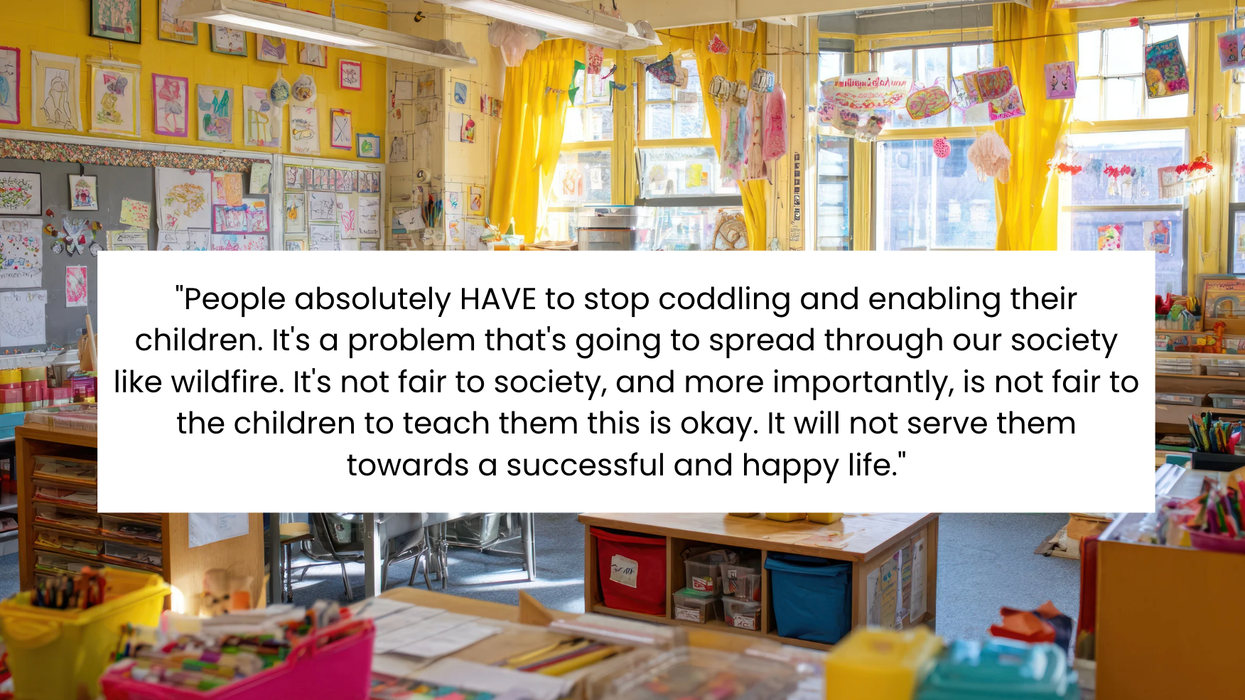
 A real estate agent talks with a young coupleCanva
A real estate agent talks with a young coupleCanva A frustrated school teacher takes a breakCanva
A frustrated school teacher takes a breakCanva A young girl plays around in her messy roomCanva
A young girl plays around in her messy roomCanva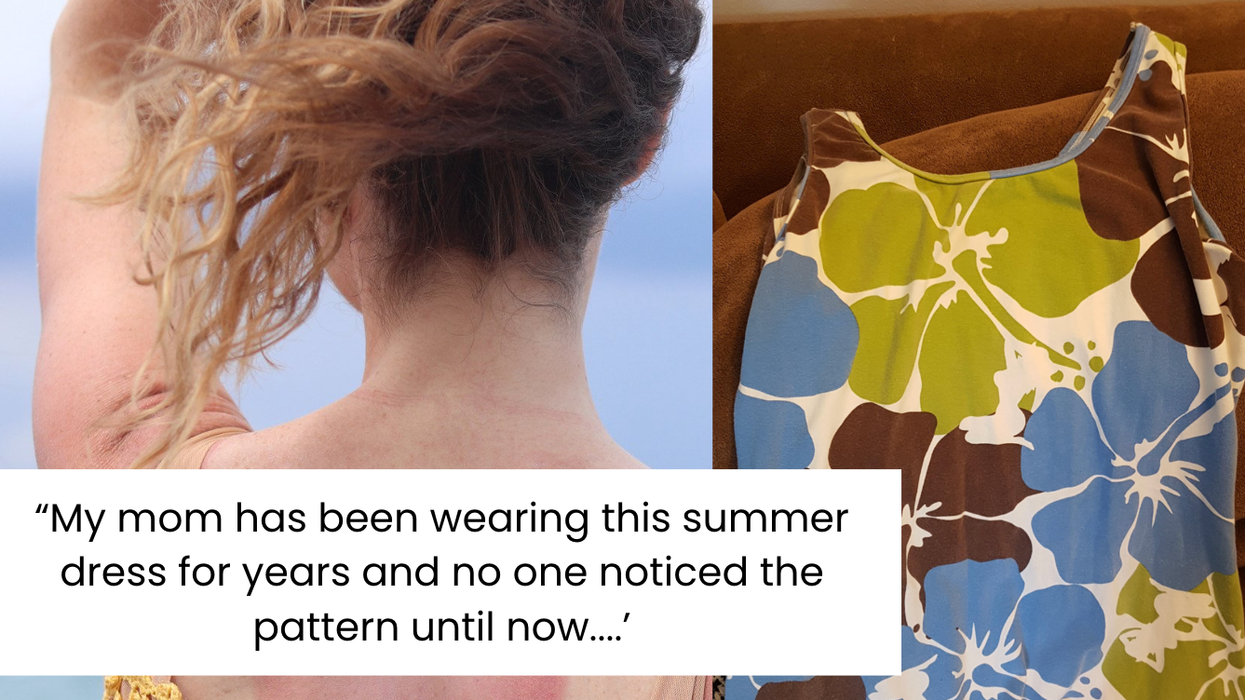
 Image of the floral dress with the risque images circled
Image of the floral dress with the risque images circled  Gif of Tim Robinson via
Gif of Tim Robinson via 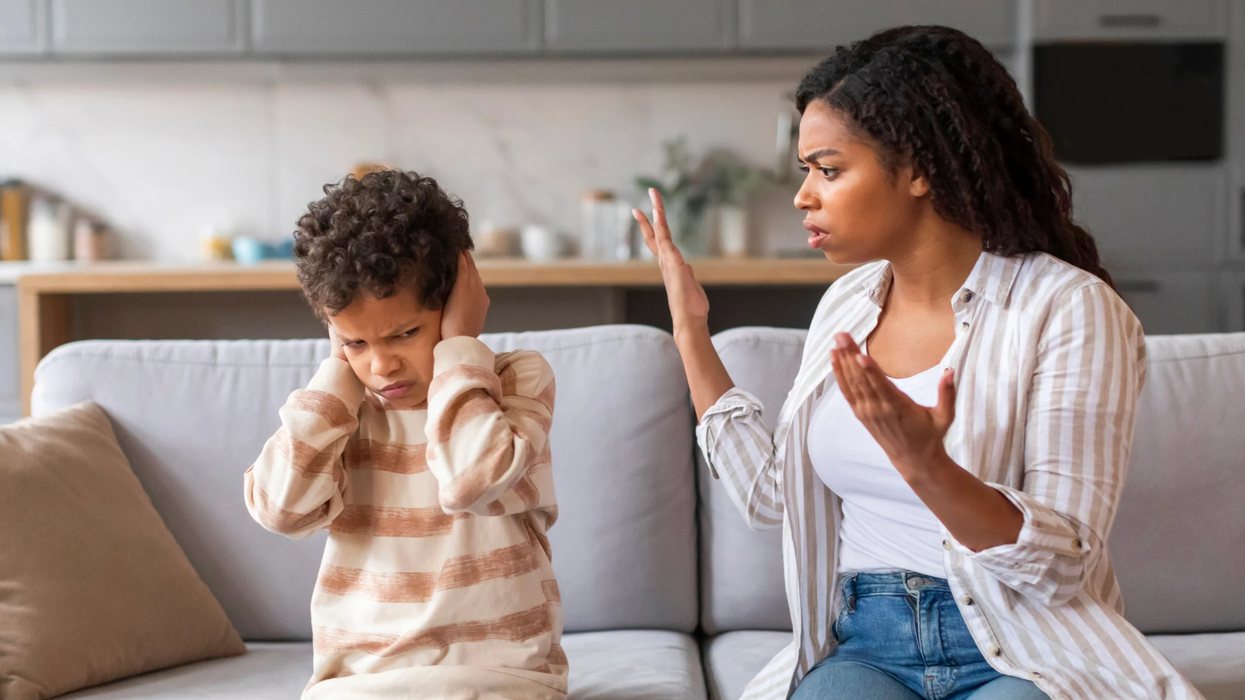
 Gif of Kaitlin Olson saying "Because I said so ... that's why" via
Gif of Kaitlin Olson saying "Because I said so ... that's why" via 

 A hand holds several lottery ticketsCanva
A hand holds several lottery ticketsCanva "Simpsons" gif of newscaster winning the lotto via
"Simpsons" gif of newscaster winning the lotto via 
 Kids on their computers.Photo credit:
Kids on their computers.Photo credit:  Young girl holds a drone.Photo credit
Young girl holds a drone.Photo credit  Playing with bubbles.Photo credit:
Playing with bubbles.Photo credit:  Friends on the computer.Photo credit:
Friends on the computer.Photo credit: 

 Screenshots of the man talking to the camera and with his momTikTok |
Screenshots of the man talking to the camera and with his momTikTok |  Screenshots of the bakery Image Source: TikTok |
Screenshots of the bakery Image Source: TikTok |